
Gypsy Moth Damage
This section provides examples of the damage gypsy moths do to trees.
More than 320,000 acres of trees were defoliated by gypsy moth caterpillars in New Jersey during the spring of 2007, the highest amount since 1990 when 431,000 acres of trees experienced leaf loss. Two or three consecutive years of significant defoliation (defined as 75 percent or more) can kill an otherwise healthy tree. However, any gypsy moth defoliation can make trees more susceptible to other damage that can lead to the death of the tree.
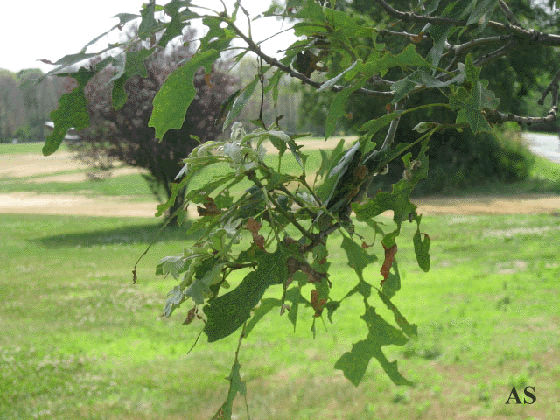
These tree leaves have been chewed by gypsy moths.
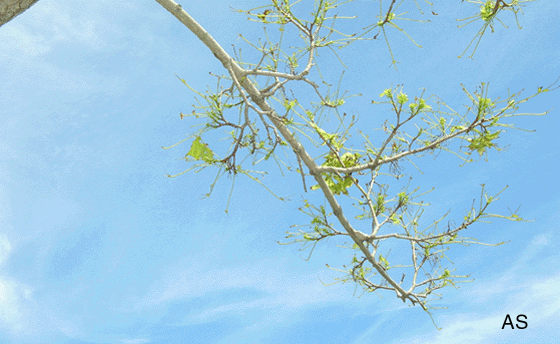
Another example of tree leaves that have been chewed by gypsy moths.
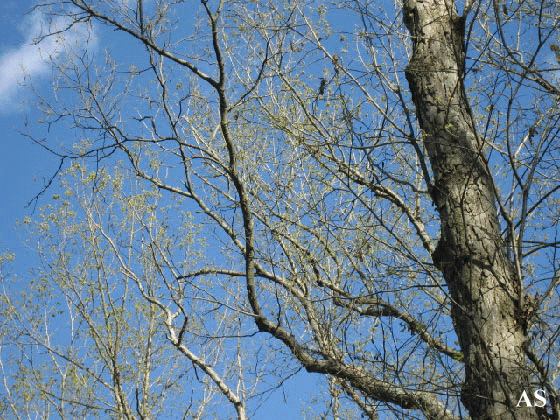
Most of the the leaves on this tree have been chewed and damaged by gypsy moths.
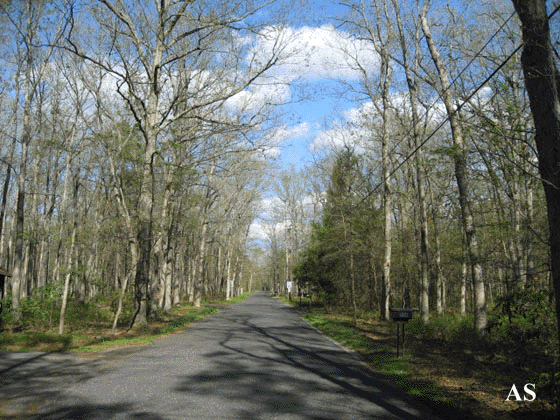
Almost all the trees along a section of McKendimen Road have been stripped of leaves by gypsy moths.
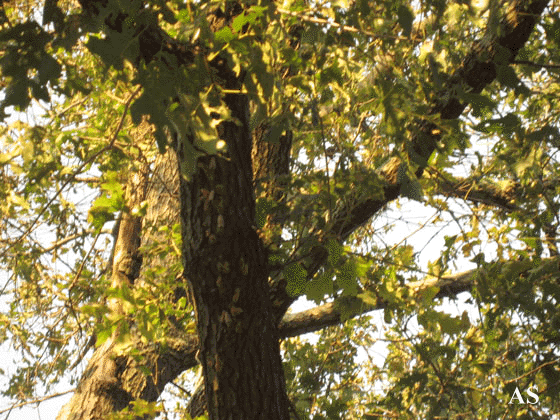
This tree was only partially defoliated this spring, but look at all the egg masses laid on its trunk. Next spring it will be attacked big time when these eggs hatch.
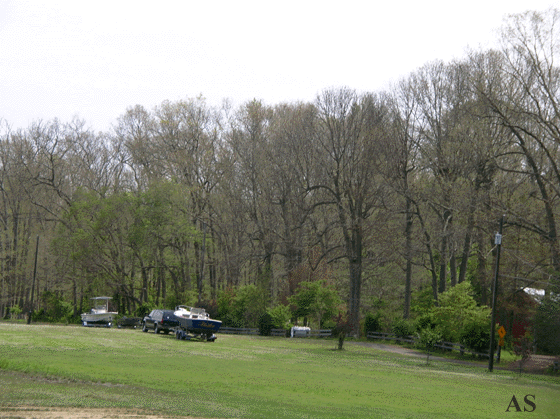
These trees in the woods just off of Willow Grove Road in Shamong have been almost completely defoliated by gypsy moths.
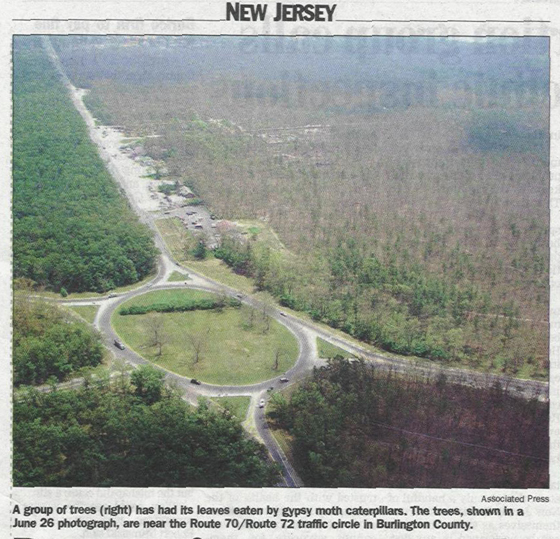
The above picture was in the July, 20, 2007 issue of the Courier-Post.
The accompanying
article stated that gypsy moths had damaged 320,000 acres in NJ.
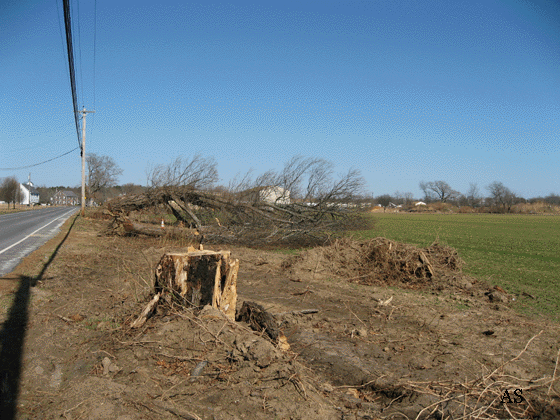
If gypsy moths eat most of the leaves of trees for 2 or 3 years in a row the trees may die and have to be removed. This picture was taken in March of 2009.